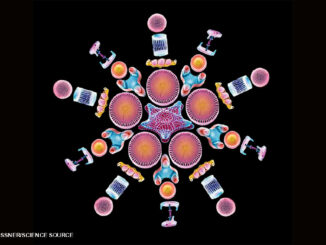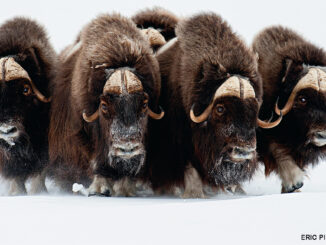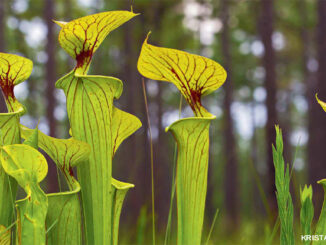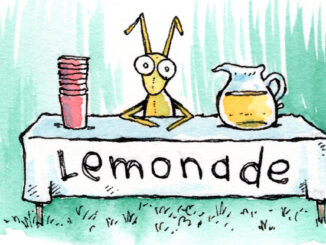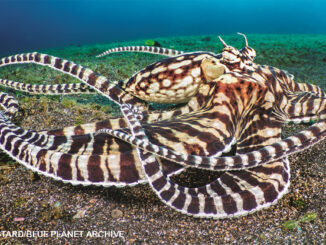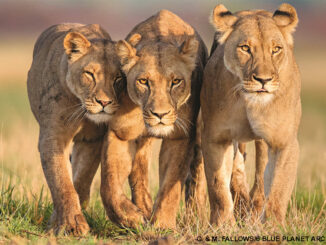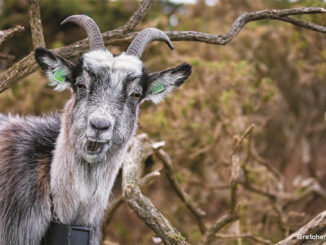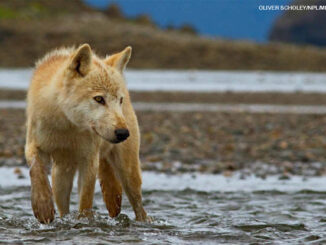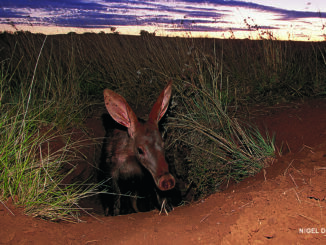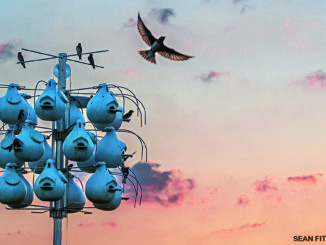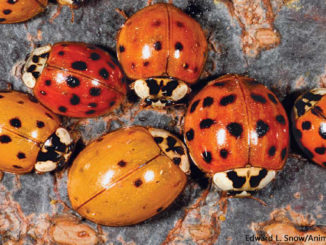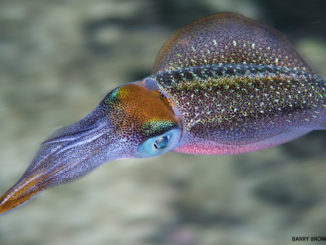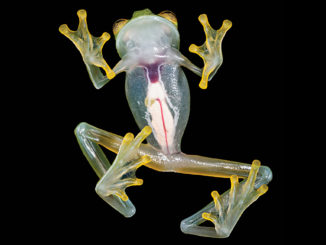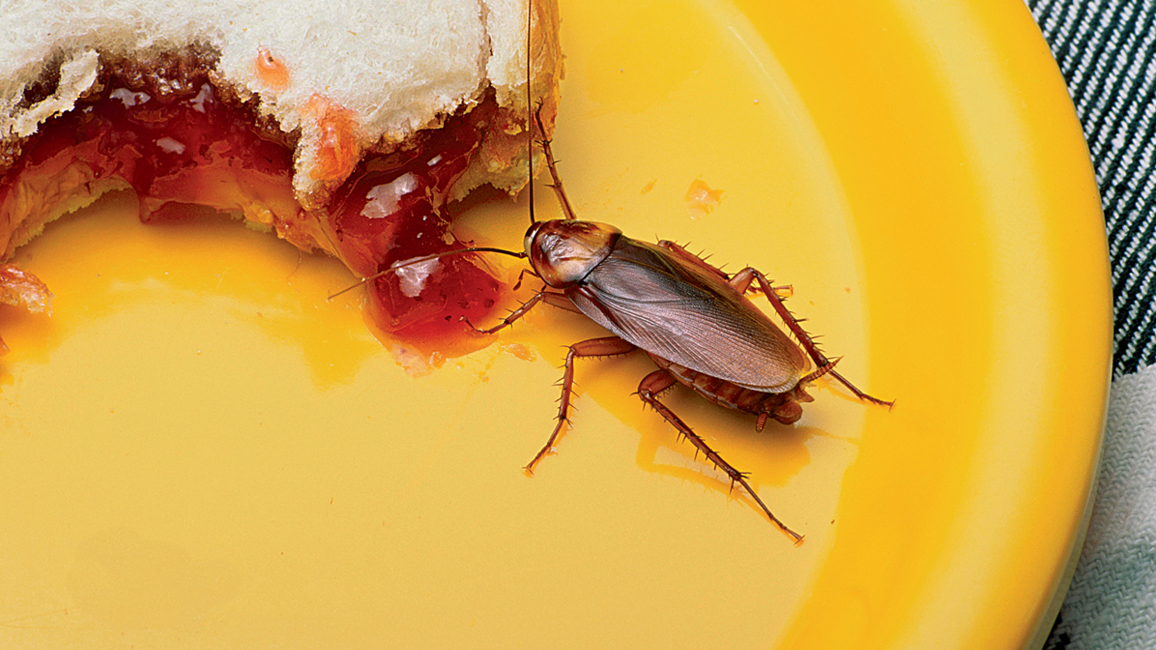
Roach!
By Raider Roach, as told to Gerry BishopCurious about the insect that so many people love to hate? Raider Roach answers the questions kids ask most about him and his buddies.
Ok, all you two-legged giants out there. This is Raider Roach, and I’ve been overhearing lots of unpleasant rumors about us cockroaches–“roaches,” for short. Some of these reports are true, sorry to say. But some are not. So I’m here to set things straight!
Q: Why do roaches invade people’s houses?
A: Actually, most kinds of roaches don’t invade people’s houses. In the United States, there are about 55 species, but only 5 are household pests.
So, what about those that do invade? They do it because that’s where they find food and shelter. No matter how much you clean up a place, you’ll miss a crumb here or there–and we’ll find it! And what if you leave an especially tasty goody–like the peanut butter and jelly sandwich at left–lying around? Hey, it’s party-time!
Q: What do roaches eat besides “people food”?
A: Just about anything we can chew up, swallow, and digest. For roaches in the wild, that can be rotting wood and plant parts, dead animals, and almost anybody’s poop. (Yum!) In people’s houses and other buildings, we prefer food leftovers. But we’ll settle for paper, soap, glue, hair, fingernail clippings, leather, paint–you name it!
Survival Gear
Big, wrap-around eyes let us see in many directions at once.
Fine hairs on our two antennas can feel, taste, smell, and detect heat and moisture.
On most kinds of cockroaches, each leg has two claws that can grip almost anything. Between the claws is a tiny suction cup that can stick to surfaces as smooth as glass.
Two cerci (SUR-see) sense vibrations, sounds, and air movements. They help us react faster than the blink of an eye.
Most roaches have two sets of wings, but not many of us use them to fly. The hard outer wings help
protect our bodies.
Our fingerlike mouthparts called palps feel and hold food. Other mouthparts chew. Still others work
as combs to clean our antennas and legs.
No wonder we roaches have been on Earth since before the dinosaurs!
We’re built to survive!
Q: Why are there so many roaches around sometimes?
A: Because we’re baby-making machines! After mating, a female roach tucks her eggs into a little package inside her body. She then squeezes out this egg case, called an ootheca (oh-uh-THEE-kuh), and carries it around with her. When the eggs are ready to hatch, she may drop or hide the case. Days later, little white young, called nymphs (NIMFS), crawl out (circle) and go off on their own.
Some mother roaches keep the cases within them until the eggs hatch. After the young are born, they hang around with mom for protection.
And in some species, the eggs hatch inside the mothers’ bodies and the young are born live. But whatever way she does it, a mother roach can produce a lot of babies. In some species, that could be as many as 300,000 a year!
Q: Do roaches bite or sting?
A: We have tiny mouths that are made for chewing, so the most we could ever do is give you a gentle nibbling. And we have no stingers.
Q: Are roaches good for anything?
A: Sorry, but that question really “bugs” me. We roaches have been around for more than 350 million years. You humans? Less than one million. Have a little respect for your elders!
But yes, we do a few things that might make you think more kindly of us. In the wild, for example, roaches chew up dead leaves and other stuff on the forest floor. This helps make rich soil that plants need.
Some of us even pollinate flowers, which helps plants make seeds and fruit. And almost any of us can end up as food for other animals. Not sure I like that idea, but that’s the way it is.
Oh, and one more thing–some scientists are studying chemicals inside roaches that might help make new medicines for fighting bacteria.
Q: What kinds of animals eat roaches?
A: I’m afraid the list is a long one. Birds, lizards, snakes, frogs, mammals, spiders, and other insects catch and eat roaches. Even people in some parts of the world make a meal of us. (I’ve been told that cooking kills the germs we carry.) Actually, we contain a lot more protein than beef, pork, or chicken. And some people think we could help feed the hungry all over the world. But don’t let that get around, OK?
And then, for some kinds of roaches, there’s the emerald cockroach wasp. Check out “Sting Operation” below to find out why this little insect can be a roach’s worst nightmare.
Q: Can roaches make people sick?
A: Well, let’s just say that it’s possible. We roaches often crawl around in really dirty places–such as sewers and garbage cans. Some of the nasty germs there can get onto our bodies and then drop off on your food when we walk on it. We also poop wherever we want to, and sometimes we throw up when we eat. We don’t mean to make you sick, but sometimes we might.
Then there’s the allergy problem. Dust from our poop, along with some of the smells we give off, can make certain people cough and sneeze.
But overall, we roaches aren’t as “sickening” as people think.
Sting Operation
A small emerald cockroach wasp can do a lot of damage to a roach!
1. Female wasp stings roach in midsection, then in brain. Roach goes into zombie-like trance.
2. Wasp drags roach into hole and lays an egg on it.
3. Egg hatches into a larva. The larva chews into the still-living roach and feasts on its insides.
4. The larva turns into an adult wasp, breaks out of the now-dead roach, and flies away.
Yikes!
“Roach!” originally appeared in the May 2015 issue of Ranger Rick magazine.
(Click on each image above for a closer view of the story.)





